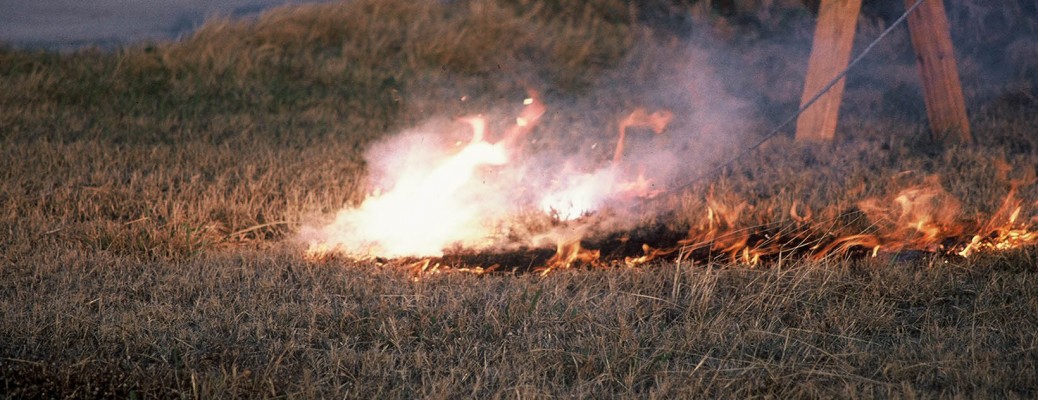Intelligent monitoring of power lines cannot eliminate all wildfires, but it can enable substantial mitigation of the associated risks. In broad terms, intelligent monitoring can provide heightened awareness of power line health and events, enabling utility companies to 1) correct long-term, pre-failures of line apparatus before those pre-failures escalate and start fires and 2) respond more quickly to real-time events capable of starting fires, so as to limit fire spread and losses.
Power line events start wildfires through a variety of mechanisms, which are outlined individually on a separate page and which fall into three overarching categories. The following paragraphs describe the categories and discuss how intelligent monitoring can reduce wildfire risk associated with each.
Unpredictable one-time events – This category includes downed lines caused by events such as trees falling through lines. Conventional power line monitoring technologies often do not detect downed lines, even those whose contact with earth causes spectacular arcing. A downed line often continues arcing, undetected, until someone calls the utility company to report service interruption or until someone calls the fire department to report fire. TEES’s intelligent monitoring detects and provides earlier notice of many downed lines, thereby enabling a quicker response that may limit the spread of a fire that otherwise might get out of hand.
Repetitive fault events – Field studies have documented power line pre-failure mechanisms, such as cracked transformer bushings, intermittent tree contacts, and clashing lines, that cause repetitive momentary fault events. In addition to causing a high-energy arc and/or a shower of hot, molten, metal particles that fall to earth, each fault event melts and progressively erodes lines and other components. Over periods of weeks, this process can burn down a line or cause other catastrophic apparatus failures that can start fires. Conventional technologies often do not alert utility companies to repetitive fault events, even those that “blink” customers’ lights. TEES’s intelligent monitoring detects and helps locate the causes of repetitive fault events. This enables the utility company to make repairs proactively and avoid escalation of problems and future events capable of starting fires.
Progressive component failures – Most power line components function reliably for arbitrarily long periods of time, typically measured in decades. TEES research has shown that many components nearing end of life cause measurable electrical changes for hours, days, or weeks prior to failure. These pre-failures can generate low-level arcing capable of starting fires. They also cause progressive damage that eventually can cause exploding apparatus, pole-top fires, downed lines, and other events known to start fires. Conventional technologies generally cannot detect electrical changes brought on by component pre-failures, and neither the utility company nor the customer typically knows of the problem prior to the final, catastrophic failure. TEES’s intelligent monitoring can detect multiple progressive component pre-failure mechanisms.
